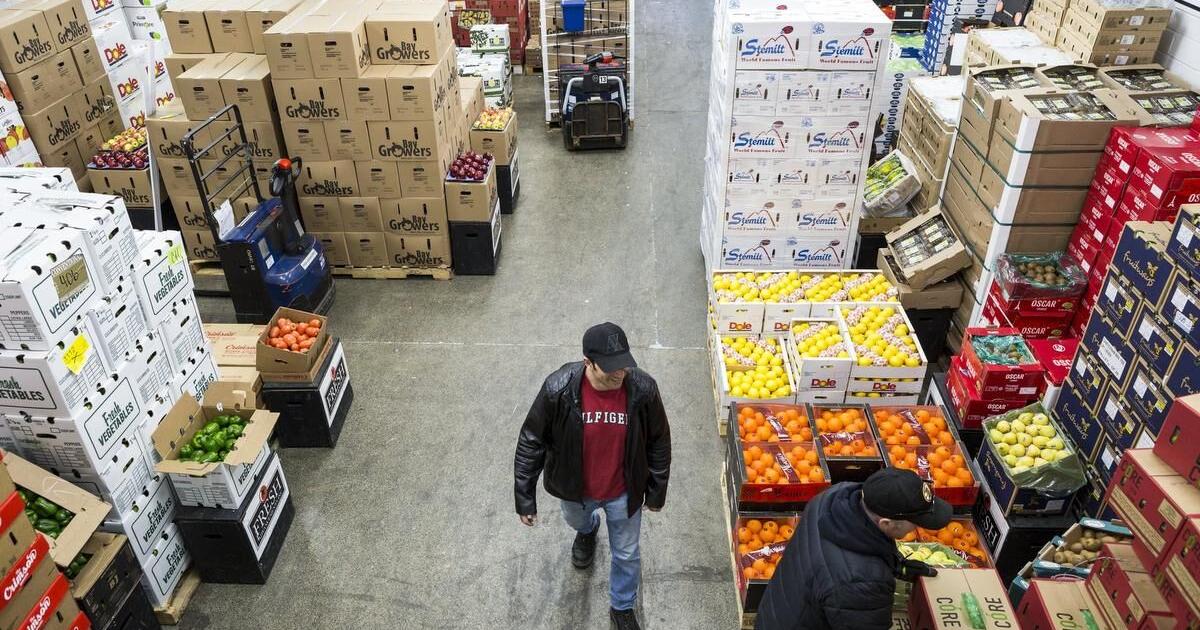I agree. The role of the Food Terminal is unknown to most people. Large retail food stores and restaurants mostly have fixed contracts with supplies, but for the smaller shops and restaurants, the terminal provides a direct link with sellers (farmers/producers) in a sector that is either perishable or at least has a limited freshness window. As well, the growing/raising methods are of increasing importance to many. Many shops place a strong importance on quality, and they get to assess this first hand at the terminal.
It is a variation of food and fish markets found in many large cities, although I don't know whether there is government involvement in the other or, for that matter, what the province's costs are. Farmers/producers are, by and large, outside of the GTA. I'm not sure what other business model between largely independent sellers and buyers would work unless they went to some kind or co-op arrangement.
The same also applies to flowers which, if I recall, is still operated out of the terminal. To florists, freshness is even more important.
Many may recall the stockyards at St. Clair and Keele which essentially did the same thing at a time when there were more independent butchers (or butcher departments in supermarkets had more autonomy to buy locally) and when most of the public didn't think meat grew on styofoam under plastic.
I don't know if the government simply wants out or they are eying a valuable chuck-o-real estate, or both. If it moved to a more suburban location it might not be the end of the world (I think it's current location was driven by proximity to rail which is no longer an issue). If the government bails, the industry would probably challenged coming up with the money for land anywhere.
Given the large presence of independents in the industry, of course we can assume any decision of the government is 'for the people'.







